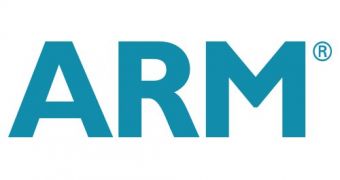The first time ARM promised its CPUs would show up in servers was in 2008, but, since then, none of its partners have made any move to act on this plan. This is, most likely, due to the low frequencies that such chips reach, compared to x86 processors from Intel or Advanced Micro Devices. Intel, in particular, has been making progress in its quest to reducing the power draw of its chips, which means that the ARM architecture has to spawn a few children with especially high frequencies if it hopes to stop being limited to the low-power consumer electronics market.
ARM may finally be making some real steps in this direction. While its CPUs still can't really compete with x86 in terms of raw processing power, the company, and its partners, are currently designing multi-core implementations capable of operating at 2GHz. This speed is considerable for parts focused on low power consumption and may turn the units into suitable candidates for new types of servers.
“We are seeing people experimenting with multiple ARM cores on a chip. They have the option to use our A9 at 2GHz, and four cores. So people can do server experiments with the existing technology at the high-end of the road-map,” Warren East, chief executive officer of ARM, said in a conversation with EETimes. "The architecture can support server application as it is. The implementations [of ARM] have traditionally been aimed at relatively low performance optimized for minimum power consumption. But we are seeing higher speed, multicore implementations now pushing up to 2GHz.”
The CEO did not elaborate on whether ARM planned to restrict itself to print or storage servers or if it actually meant to have its units compete against products from the AMD Opteron or Intel Xeon series. He also did not mention either who exactly was working on 2GHz multi-core chips, or what parties were considering ARM-based servers. The company is optimistic, however, believing that the first such products should debut by next year.
“I would expect to see something out there [on the server market] within 12 months,” Mr. East stated.

 14 DAY TRIAL //
14 DAY TRIAL //